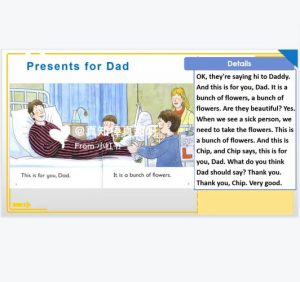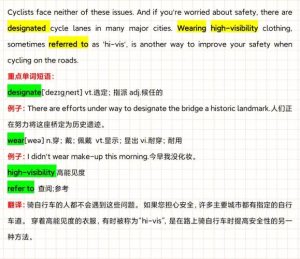What Are the Different Kinds of Tone in Writing?
Writing is an art form that conveys messages, emotions, and ideas. One of the key elements that can significantly impact the effectiveness of your writing is tone. Tone refers to the attitude or feeling that the writer conveys through their words. It can be formal, informal, persuasive, humorous, or any other emotion that you wish to express. Understanding the different kinds of tone in writing can help you communicate your message more effectively. Let’s delve into the various tones you can use in your writing.
Formal Tone
A formal tone is typically used in academic, professional, and business settings. It is characterized by a formal language, precise vocabulary, and a structured sentence structure. This tone is suitable for situations where you want to convey authority, professionalism, and respect. For example:
According to the latest research, the impact of climate change on global agriculture is a matter of great concern.
Informal Tone
An informal tone is more relaxed and conversational. It is often used in personal correspondence, social media, and casual conversations. This tone is characterized by a more relaxed language, colloquial vocabulary, and a more flexible sentence structure. For example:
Hey, I just wanted to let you know that I’ll be late for our meeting today. Sorry about that!

Humorous Tone
A humorous tone is used to entertain or amuse the reader. It involves using wit, sarcasm, or puns to create a light-hearted atmosphere. This tone is suitable for situations where you want to create a fun and engaging experience for your readers. For example:
Just when I thought I had seen it all, my cat decided to start walking on the ceiling. Talk about a high-wire act!
Persuasive Tone
A persuasive tone is used to convince or influence the reader. It involves using logical arguments, emotional appeals, and evidence to support your point of view. This tone is suitable for situations where you want to persuade the reader to agree with your viewpoint or take a specific action. For example:
Investing in renewable energy sources is not only environmentally responsible but also economically beneficial in the long run.
Descriptive Tone
A descriptive tone is used to paint a picture in the reader’s mind. It involves using vivid language, sensory details, and descriptive adjectives to create a vivid image. This tone is suitable for situations where you want to evoke emotions or create a strong mental image. For example:
The sun dipped below the horizon, casting a golden glow over the tranquil lake, as the first stars began to twinkle in the night sky.
Informative Tone
An informative tone is used to provide information or educate the reader. It involves presenting facts, data, and explanations in a clear and concise manner. This tone is suitable for situations where you want to inform the reader about a particular topic. For example:
Here are some tips to help you stay healthy during the flu season: get vaccinated, wash your hands frequently, and avoid close contact with sick individuals.
Emotional Tone
An emotional tone is used to convey feelings and emotions. It involves using expressive language, emotive adjectives, and vivid imagery to evoke a specific emotional response from the reader. This tone is suitable for situations where you want to connect with your readers on an emotional level. For example:
As I watched my child take their first steps, a wave of pride and joy washed over me, filling my heart with love and gratitude.




